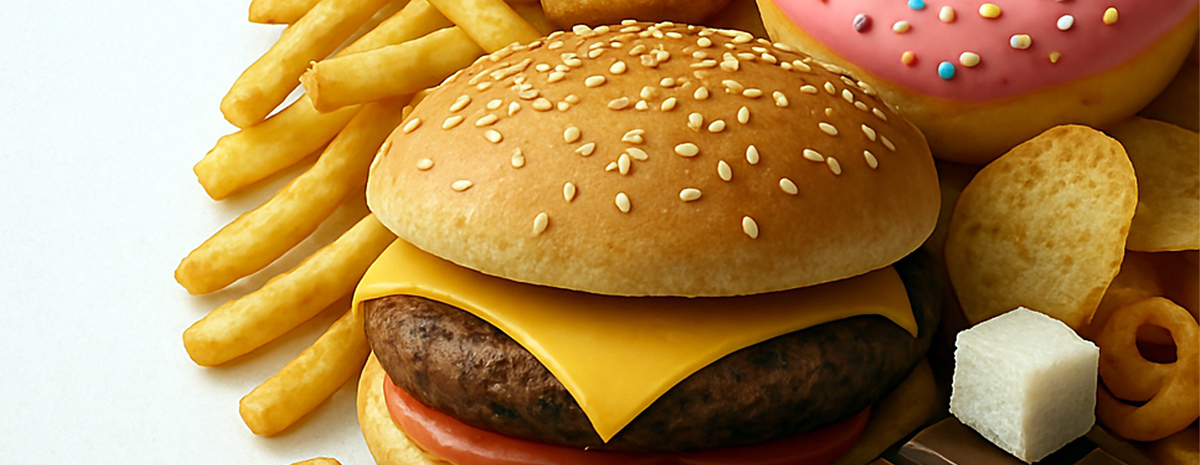Industry critics like Casey Means and Tony Hicks say that big food companies create ultra-processed foods that bypass satiety signals, encouraging overconsumption. Some go as far as to suggest that food companies have used salt, sugar, and fat in precise ratios for decades, similar to how tobacco companies engineered their products to encourage overconsumption. Which leads us to ask if addiction is the business model of the U.S. food industry? It’s a provocative claim with some truth to it, though it oversimplifies a complex issue. Here’s a breakdown:
Where the Statement Holds Truth
- Hyper-Palatable Foods
- Many processed foods are engineered with the “bliss point” (perfect salt-sugar-fat ratios) to trigger dopamine responses, making them hard to resist.
- Example: Potato chips (“bet you can’t eat just one”) or fast-food burgers.
- Neurological Hacking
- Studies show sugar and fat can activate reward pathways similarly to addictive substances (Schulte et al., 2015).
- Ultra-processed foods (UPFs) are linked to compulsive eating behaviors (Gearhardt et al., 2023).
- Industry Tactics
- Marketing: Targeted ads (especially to kids) exploit cravings (e.g., Coca-Cola’s nostalgia-driven campaigns).
- Portion Manipulation: “Large size” nudges overconsumption (e.g., movie popcorn buckets).
- Ingredient Optimization: “Crunch time,” “mouthfeel,” and “flavor burst” are designed to override satiety signals.
Where It’s Overstated
- Not All Food Companies Follow This Model
- Whole-food producers (e.g., organic veggie brands) don’t rely on addiction mechanics.
- Some companies (e.g., Nestlé) have pledged to reduce sugar/sodium, though progress is debated.
- Regulation & Consumer Choice
- Unlike tobacco, food isn’t uniformly addictive—cultural, economic, and psychological factors play roles.
- Critics argue blaming “addiction” ignores systemic issues (food deserts, stress eating, etc.).
- Business Models Vary
- Fast food thrives on repeat customers, but grocery stores rely on volume, not just cravings.
The Bigger Picture
The food industry does leverage addiction-like mechanisms in some sectors (junk food, soda), but it’s not monolithic. The deeper issue is profit-driven overconsumption—whether through addiction, convenience, or affordability.

